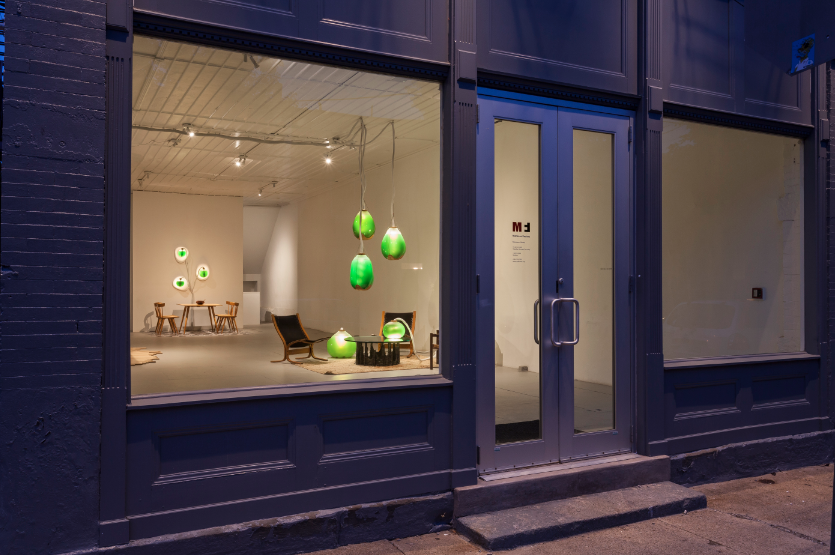Furnish your home with green glowing algae
Living Things show us how photosynthetic furniture can improve our lives


Living Things show us how photosynthetic furniture can improve our lives Created by recent architecture and design graduates from Carnegie Mellon, Living Things is a project that encourages us to rethink our relationship with microorganisms – a necessity in the face of fuel shortage and climate change. The installation, showing at the Mattress Factory at Pittsburgh, features a series of bioreactors as habitats for spirulina algae, fashioned as hand blown glass objects with an eerie green glow. According to the creators, the single-celled organisms are the perfect solution to the challenges of sustainable living. “The absence of a superstructure to organise their anatomy allows the liquid suspension in which they live to be treated more like a material than a plant,” explain Living Things’ creators. “In the hands of an architect, industrial designer, engineer, or systems designer this liquid plant becomes a living material which can be integrated symbiotically into the architectural environment.” And as well as providing some good-looking ornaments for the home, Living Things is able to provide a food and energy source and clean up environmental pollution. Through the process of photosynthesis algal populations consume the CO2 that we produce, as well as providing a protein-rich addition to your green juice and acting as a potential renewable source of fertiliser and biofuel. They're also capable of doubling their mass every few hours, making them the ultimate in renewables. With resource scarcity and global warming becoming increasingly recognised threats, we’ve seen a number of projects using bio-hacks to create a better environment. These include Nemo’s Garden, a plan to cultivate fruit underwater, and Island Chen’s plan to divert eco-tourism with bioluminescent installations.







Discussion